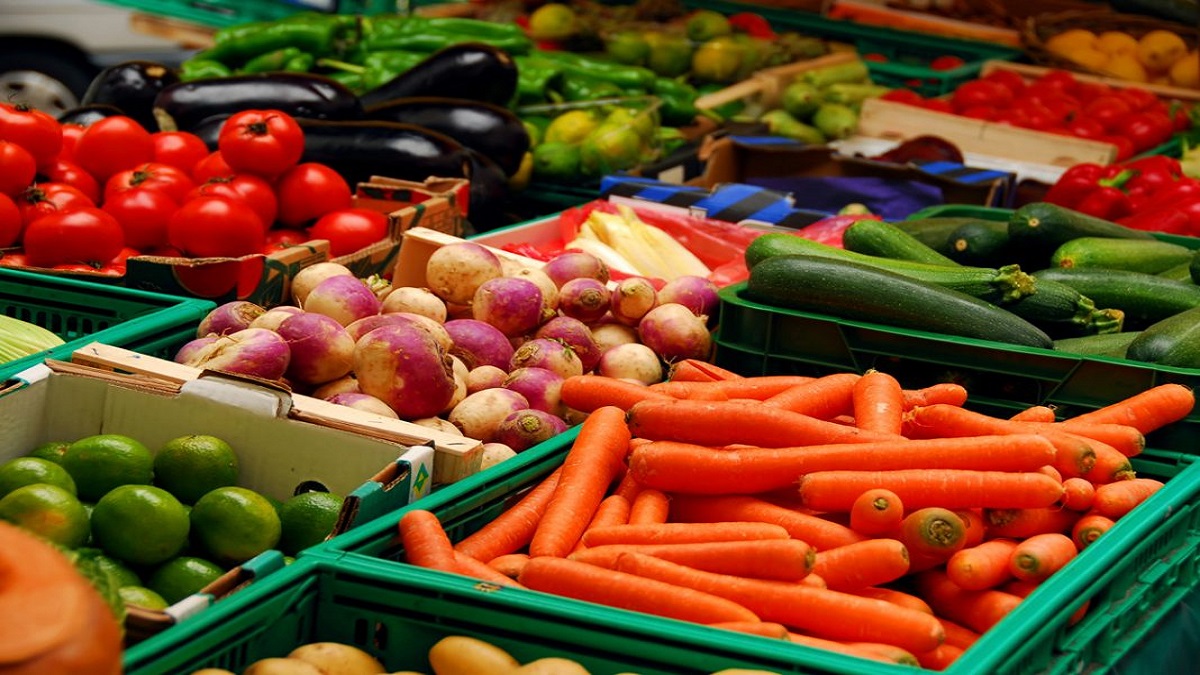IIT Guwahati develops edible coating to extend shelf-life of fruits and vegetables
The researchers at IIT Guwahati have developed an edible coating to extend the shelf-life of fruits and vegetables, read here to know more.
A research team at the Indian Institute of Technology (IIT) Guwahati led by Prof Vimal Katiyar, Department of Chemical Engineering and Center for Excellence in Sustainable Polymers (CoE-SusPol), has developed an edible coating to extend the shelf-life of fruits and vegetables.
“According to the Indian Council of Agricultural Research, between 4.6 and 15.9% of fruits and vegetables go waste post-harvest, partly due to poor storage conditions. In fact, post-harvest loss in certain produce items like potato, onion and tomato which could be as high as 19%, which results in high prices for this highly consumed commodity,” said Prof Vimal Katiyar, as reported by India Education Diary.
Edible coating to preserve fruits and vegetables
The IIT Guwahati team used a mix of a micro-algae extract and polysaccharides to produce protective, edible films for coating vegetables and fruits. The marine microalgae called Dunaliella tertiolecta is known for its antioxidant properties and has various bioactive compounds such as carotenoids, proteins, and polysaccharides. It is also used as a source of algal oil, which is used as a non-animal source of omega-3 fatty acid and is considered a source of biofuel. After the oil is extracted, the residue is usually discarded. The researchers used extracts from this residue in formulating their film, in combination with chitosan. Chitosan, a carbohydrate, also has antimicrobial and antifungal properties and can be made into an edible film.
The coating material prevents wastage and it was tested on potato, tomato, green chilli and strawberries, Khasi Mandarin, Apples, pineapples, and Kiwifruits and were found to keep these vegetables fresh for nearly two months.
The properties of films with varying algal extract contents were analysed and compared with controls. The fabricated edible films displayed superior antioxidant activity, total phenolic content, water vapour barrier property, thermal stability, and mechanical strength. They also had excellent UV-Vis light-blocking properties.
Further, multiple other customised edible coating formulations are developed to enhance the shelf-life of products based on the requirement. The researchers also tested the biosafety of these coatings by treating BHK-21 cells with these coating materials. BHK-21 cells are derived from the kidneys of baby hamsters and are used for studying the toxicity effects of various materials. Their tests showed that these coating materials were nontoxic and could be safely used as edible food packaging materials.
Follow Shiksha.com for latest education news in detail on Exam Results, Dates, Admit Cards, & Schedules, Colleges & Universities news related to Admissions & Courses, Board exams, Scholarships, Careers, Education Events, New education policies & Regulations.
To get in touch with Shiksha news team, please write to us at news@shiksha.com

